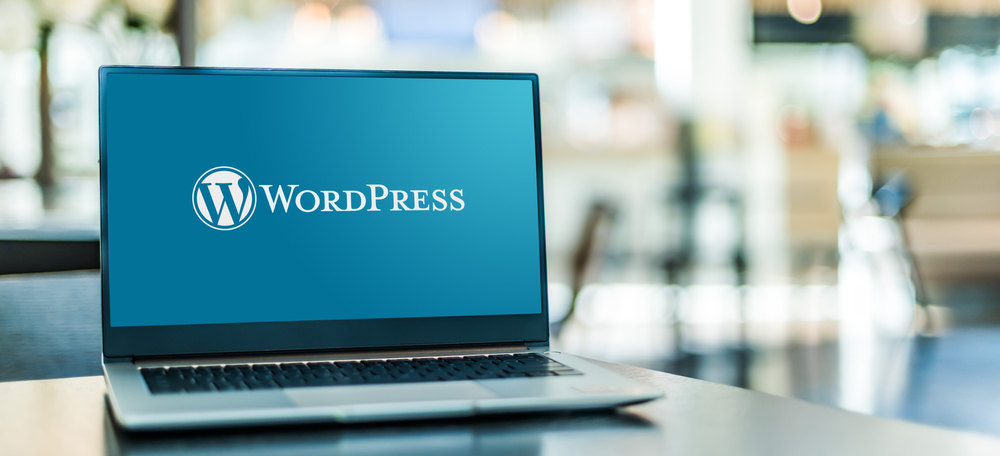
Expert Tips for Customizing and Maintaining Your WordPress Site: Unlock its Full Potential!

Expert Tips for Customizing and Maintaining Your WordPress Site: Unlock its Full Potential!
WordPress is undoubtedly the most popular and user-friendly content management system (CMS) available today. With its intuitive interface and vast plugin library, WordPress allows users to create and customize stunning websites without any coding knowledge. However, to truly unlock its full potential, it's essential to delve deeper into WordPress customization and maintenance techniques. In this article, we will share expert tips that will help you optimize your WordPress (the platform for bloggers) site and take it to the next level.
Finding the Perfect Theme
A great WordPress theme is the foundation of any successful website. It provides the overall look and feel, as well as determines the layout and functionality. While there are countless free and premium themes available, it's important to choose the one that suits your niche or business. Ensure that your selected theme is responsive, SEO-friendly, and regularly updated by the developer. This will ensure compatibility with future WordPress (WP) updates and a seamless user experience across all devices.
Once you've selected a theme, you may want to customize it further to make it unique. WordPress offers numerous customization options, such as customizing the header, footer, fonts, and colors. You can access these options by navigating to "Appearance" in the WordPress (or WP) dashboard and selecting "Customize." Experiment with different options until you achieve the desired look for your website.
Plugins: Make Your Site Functionality-Rich
WordPress (the blogging platform) plugins are like magic tools that can add incredible functionality and features to your site. Whether you want to create a contact form, improve SEO, or enhance security, there's likely a plugin available for you. However, while plugins are undoubtedly useful, it's important to exercise caution and avoid installing too many. A bloated website with numerous plugins can slow down your site's performance and leave it vulnerable to security breaches.
Before installing a plugin, do thorough research and read reviews to ensure its reliability and compatibility with your version of WordPress . Additionally, delete any unused plugins, as they can still affect your site's speed and security. Regularly updating the installed plugins is equally important, as developers often release new versions to enhance functionality and security.
Customizing with CSS
While WordPress themes offer various customization options, you might eventually want to tweak certain elements further to achieve a truly unique look. This is where CSS (Cascading Style Sheets) comes into play. CSS is a coding language that controls the visual appearance of your website. Learning some basic CSS can empower you to make advanced customizations to your theme.
WordPress provides a built-in Custom CSS box, making it easy to add your own CSS code without modifying the theme files directly. To access this feature, go to "Appearance" > "Customize" > "Additional CSS." Here, you can add your CSS code to customize fonts, colors, margins, padding, and more.
Optimizing for Speed
Page loading speed is crucial for user experience and search engine rankings. Slow-loading websites tend to have higher bounce rates, ultimately impacting your site's traffic and conversions. Fortunately, there are several steps you can take to optimize your WordPress site for speed:
Regular Updates and Backups
WordPress regularly releases updates to enhance security, fix bugs, and introduce new features. It is essential to keep both your WordPress core and installed plugins/themes updated to ensure optimal performance and safeguard against vulnerabilities. Check for updates at least once a week and apply them promptly.
Additionally, regular backups are crucial for WordPress site maintenance. In case anything goes wrong during updates, server issues, or security breaches, having a recent backup allows you to quickly restore your site to its previous state. Numerous free and premium backup plugins are available, making it hassle-free to regularly backup your site. Remember to store your backups securely on external servers or cloud storage.
Frequently Asked Questions
1. How do I choose the right WordPress theme for my website?
When selecting a WordPress theme, consider your niche, preferred layout, customization options, and responsiveness. Look for well-supported themes with positive reviews and regular updates to ensure long-term compatibility and reliability.
2. Can I customize my WordPress site without coding knowledge?
Yes, you can customize your WordPress site without coding knowledge. WordPress offers an intuitive user interface with built-in customization options for fonts, colors, layout, and more. Additionally, numerous plugins provide advanced customization features.
3. How many plugins should I install on my WordPress site?
It is recommended to install only essential plugins to avoid bloating your site. While there is no fixed number, keeping the total number of plugins below 20 is a good practice. Regularly review your installed plugins and remove any unused ones.
4. How often should I update my WordPress site and plugins?
Regular updates are crucial to keep your site secure and compatible with the latest WordPress version. Check for updates at least once a week and apply them promptly. However, before updating, ensure that the new version is compatible with your theme and plugins.
5. How can I improve my WordPress site's search engine rankings?
To improve your search engine rankings, focus on creating high-quality content, optimizing your meta tags and descriptions, using SEO-friendly URLs, and ensuring a fast-loading site. Additionally, consider utilizing SEO plugins like Yoast SEO or Rank Math for advanced optimization.
By following these expert tips, you can enhance the customization and maintenance of your WordPress site, maximizing its potential. Take the time to explore the vast customization options, integrate useful plugins, optimize your site's speed, and maintain regular updates and backups. With dedication and the right techniques, your WordPress site will thrive and stand out in the digital landscape.
Other useful resources
- https://en.wikipedia.org/wiki/WordPress